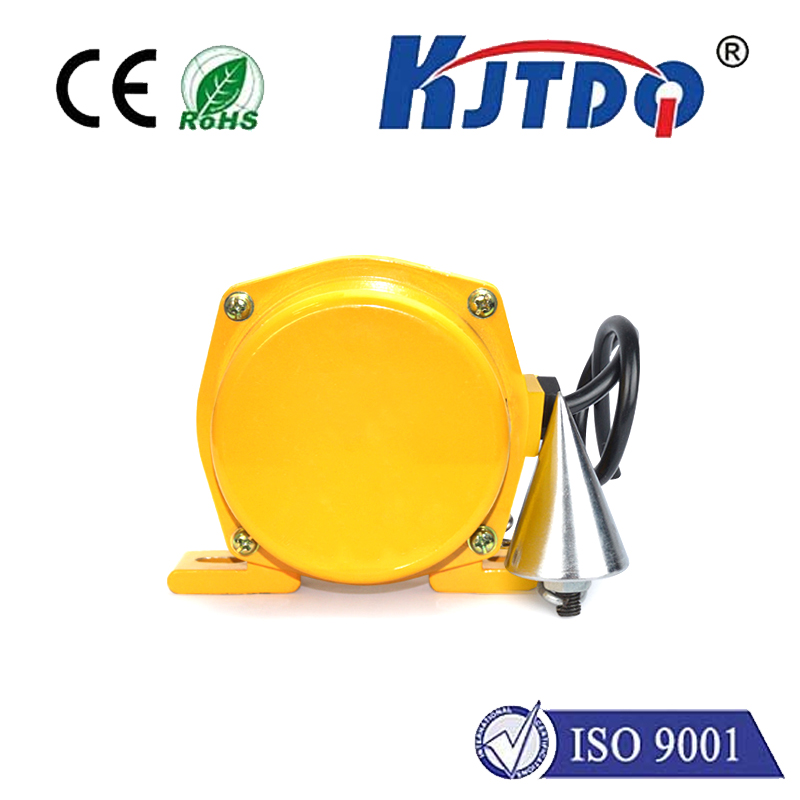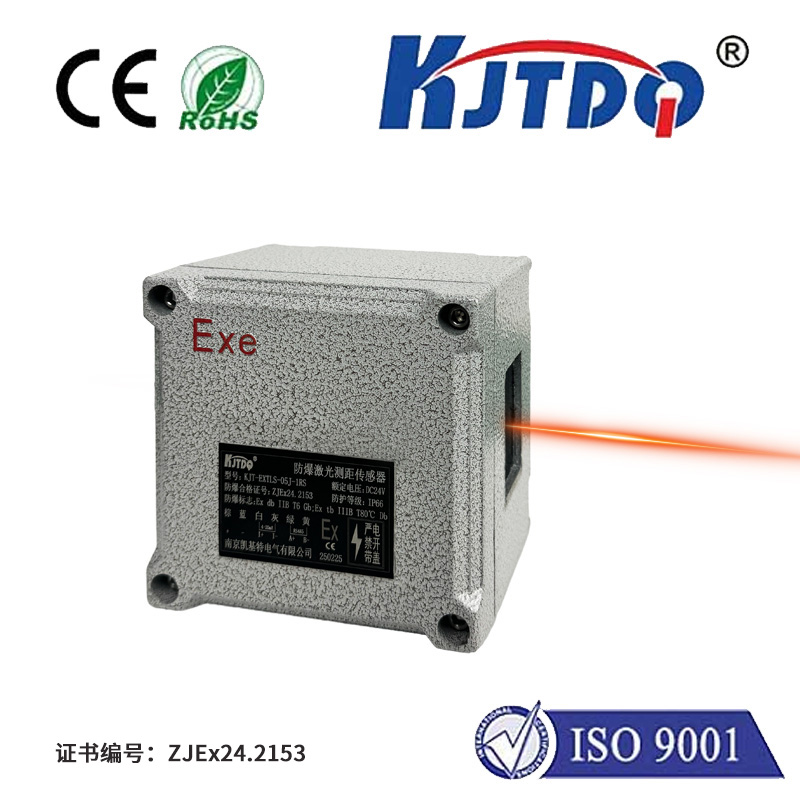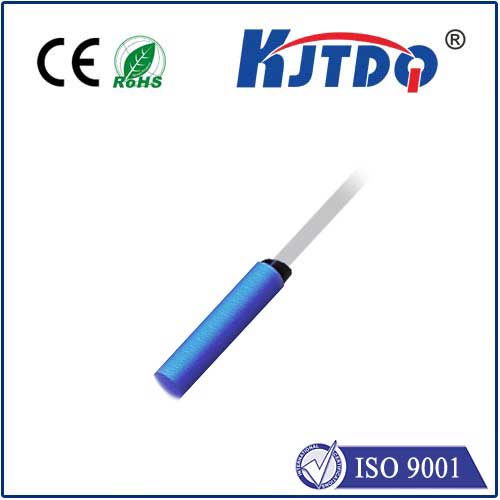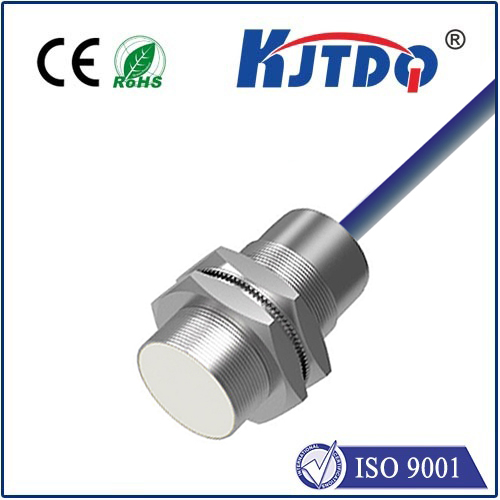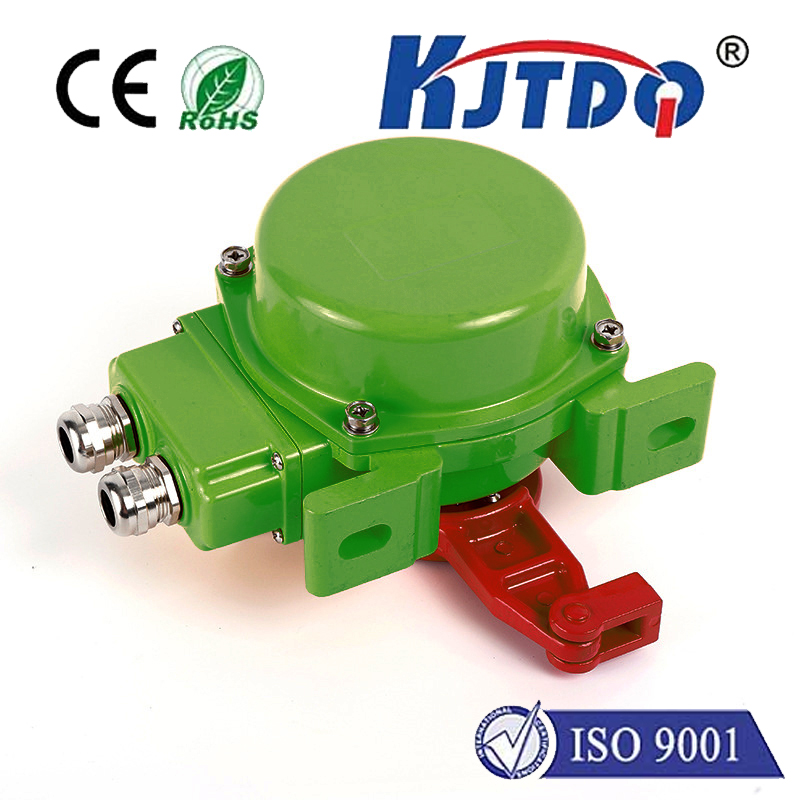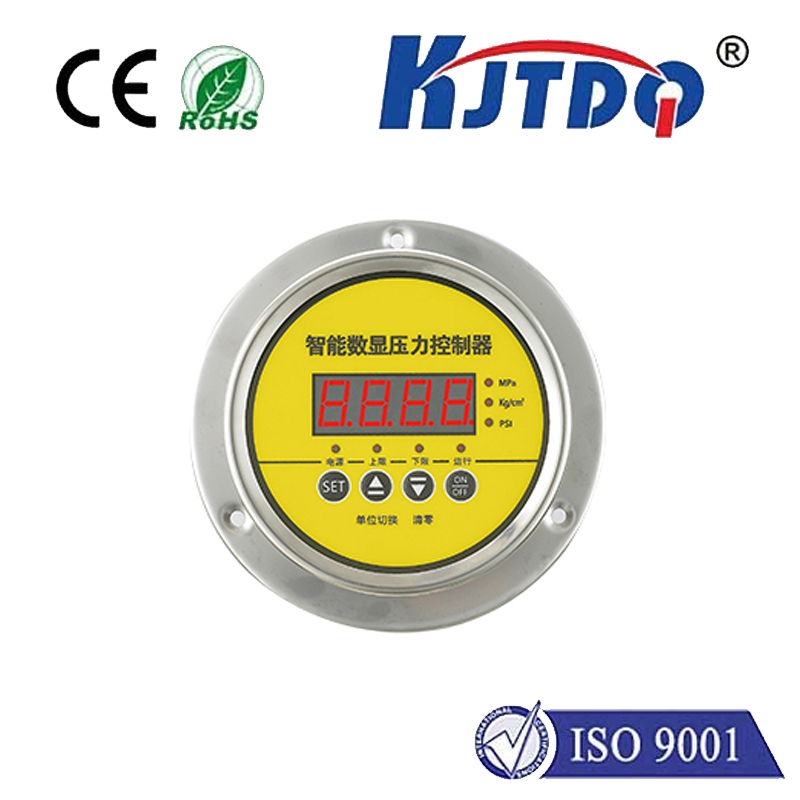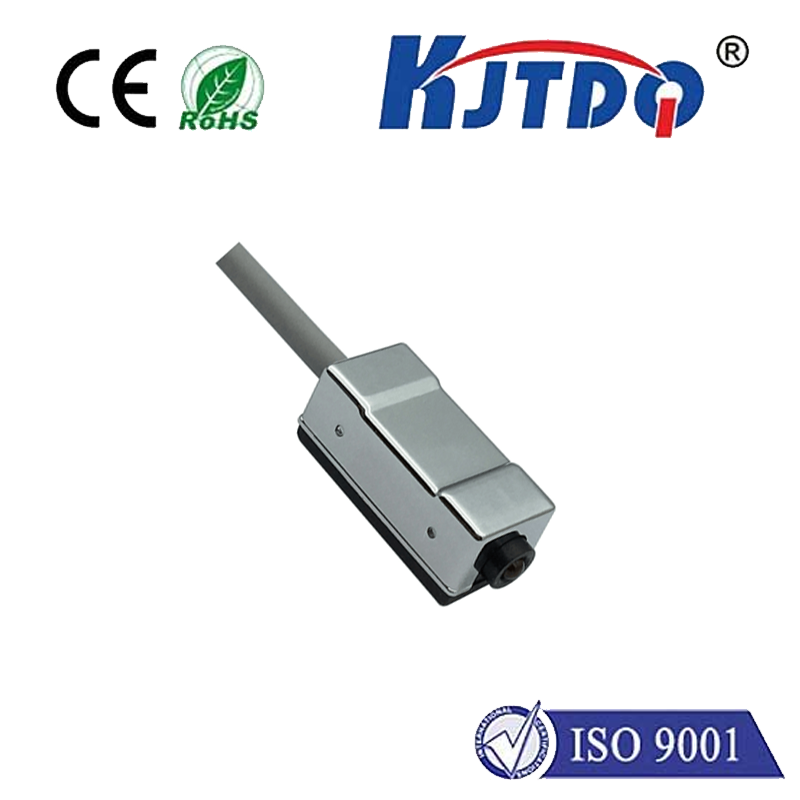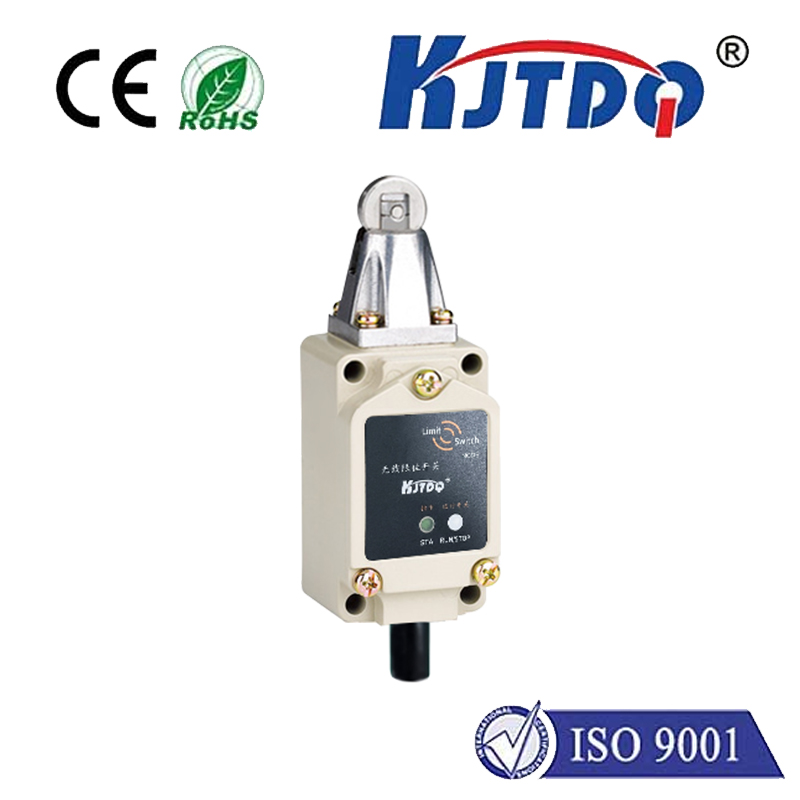36tvh01b3 limit switch
- time:2025-08-04 10:14:48
- Click:0
Demystifying the 36tvh01b3 Limit Switch: Precision Control in Industrial Automation
Imagine a massive conveyor belt system carrying tons of material. Suddenly, a component jams. Without a critical safeguard, motors could burn out, belts tear, or even worse, catastrophic damage occurs. This is where the humble yet vital 36tvh01b3 limit switch steps into the spotlight. Often overlooked in complex machinery, this specific component acts as a silent guardian, ensuring movements stop exactly when and where they should. Understanding its role is key to appreciating reliable industrial control.
Core Function: The Sentinel of Position
Fundamentally, a limit switch like the 36tvh01b3 is an electromechanical device designed to detect the presence or absence of an object, or to monitor the position of a machine part. It achieves this through physical actuation. When a moving component (like a machine arm, gate, door, or carriage) contacts the switch’s actuator arm or roller, it mechanically triggers a change in the switch’s internal electrical contacts.
- Normally Open (NO) Contacts: Typically, these contacts close when the actuator is pressed, completing a circuit.
- Normally Closed (NC) Contacts: These contacts typically open when the actuator is pressed, breaking an existing circuit.
This simple change in electrical state sends a crucial signal to the machine’s control system (like a PLC - Programmable Logic Controller). That signal translates into commands: “Stop moving,” “Reverse direction,” “Start the next sequence,” or “Safety breach detected!”

The 36tvh01b3 in Action: Demanding Applications
The 36tvh01b3 limit switch isn’t a generic component; its specific design suggests it’s engineered for rigorous industrial environments. Here’s where it typically shines:
- Material Handling & Conveyor Systems: Crucial for detecting the end-of-travel for conveyors, signaling when a pallet or cart is correctly positioned for transfer, or preventing over-travel that could cause jams or damage. Reliable switching at these points is non-negotiable for efficiency.
- Robotics & Automated Machinery: Used extensively as end-stops for robotic arms, verifying the position of grippers, tool changers, or slides. Precise position feedback ensures robotic sequences execute flawlessly and safely.
- Safety Interlocking: Perhaps its most critical role. The 36tvh01b3 can be integral to safety systems, ensuring access doors to hazardous areas (like machine guards or electrical cabinets) are securely closed before machinery can operate. Opening the door breaks the circuit, triggering an immediate shutdown – an essential safety circuit component.
- Position Verification in Packaging & Processing: Confirming the presence of a product on a filling line, verifying gate positions in sorting systems, or detecting the open/closed status of valves or chutes.
- Overhead Cranes & Hoists: Essential for preventing crane trolleys or hooks from traveling beyond their safe operating limits, a fundamental over-travel protection mechanism.
Key Features & Robust Design (Implied by Type Code “36TVH”)
While specific datasheets are needed for absolute confirmation, the designation “36TVH01B3” points towards a highly ruggedized design. Typical characteristics of such industrial limit switches include:
- Heavy-Duty Enclosure: Constructed from robust materials like metal (zinc die-cast, stainless steel) or high-grade engineering plastics, offering superior protection against dust, moisture (often IP67 rated or higher), impacts, and harsh chemicals commonly found in factories. This is vital for long-term reliability.
- Rugged Actuator: Designed to withstand repeated physical contact from machine parts without deformation or failure. Common types include robust roller levers, adjustable levers, or plungers.
- High Electrical Rating: Capable of handling significant electrical currents and voltages directly (e.g., 10-15A at 120-480V AC/DC), allowing it to directly control motors, solenoids, or contactor coils, not just send low-power signals. This high switching capacity reduces the need for additional relays in many applications.
- Positive Operation & Snap Action: Features a reliable “snap-action” mechanism. This ensures contacts change state quickly and decisively when actuated, minimizing arcing (which degrades contacts) and providing clear, unambiguous signals to the control system.
- Versatile Mounting: Designed with standardized mounting patterns (bracket mounting, foot mounting, stem mounting) for easy installation and replacement in diverse machine configurations.
- Long Mechanical & Electrical Life: Engineered for millions of operational cycles under rated loads, minimizing downtime for maintenance or replacement – a key factor for uninterrupted production.
Why the Right Limit Switch Matters: Beyond the Part Number
Choosing the correct limit switch, such as the 36tvh01b3, is not just about fitting a part; it’s about ensuring system integrity:
- Safety: Especially in interlocking applications, a failure can have severe consequences. A robust limit switch is fundamental to personnel and equipment safety.
- Reliability: Downtime caused by switch failure is costly. The right switch provides consistent, dependable performance in demanding conditions.
- Precision: Accurate position detection is vital for machine sequence timing, product quality, and preventing collisions or jams.
- Durability: Withstanding the physical and environmental stresses of an industrial setting is paramount. The heavy-duty construction implied by the “36TVH” type is essential.
- Simplified Control: High-capacity switches can simplify control panel design by reducing the need for intermediary components.
Troubleshooting & Maintenance: Ensuring Peak Performance
Like any mechanical component, limit switches require attention for optimal longevity:
- Physical Inspection: Regularly check the actuator arm/roller for damage, bending, or excessive wear. Ensure it moves freely and returns properly.
- Cleaning: Wipe down the switch body to prevent dust and grime buildup, especially around the actuator pivot and sealing points.
- Electrical Testing: Use a multimeter to verify the switch opens and closes its contacts reliably when actuated. Listen for the distinct “click” indicating snap-action operation.
- Mounting Security: Ensure the switch and its mounting bracket haven’t loosened due to vibration.
- Alignment Check: Verify the machine part consistently actuates the switch correctly. Misalignment is a common cause of premature failure.
The 36tvh01b3 limit switch exemplifies the critical, yet often invisible, components that keep modern industry running smoothly and safely. Its robust design, reliable switching action, and precise positioning capabilities make it a cornerstone in countless automated systems. Whether halting a conveyor or preventing unsafe access, this specific component plays a vital role in delivering precision control and uncompromising safety within challenging industrial environments. When reliability, durability, and safety are paramount, identifying and utilizing the correctly specified limit switch, such as the 36tvh01b3, is an essential engineering decision.






